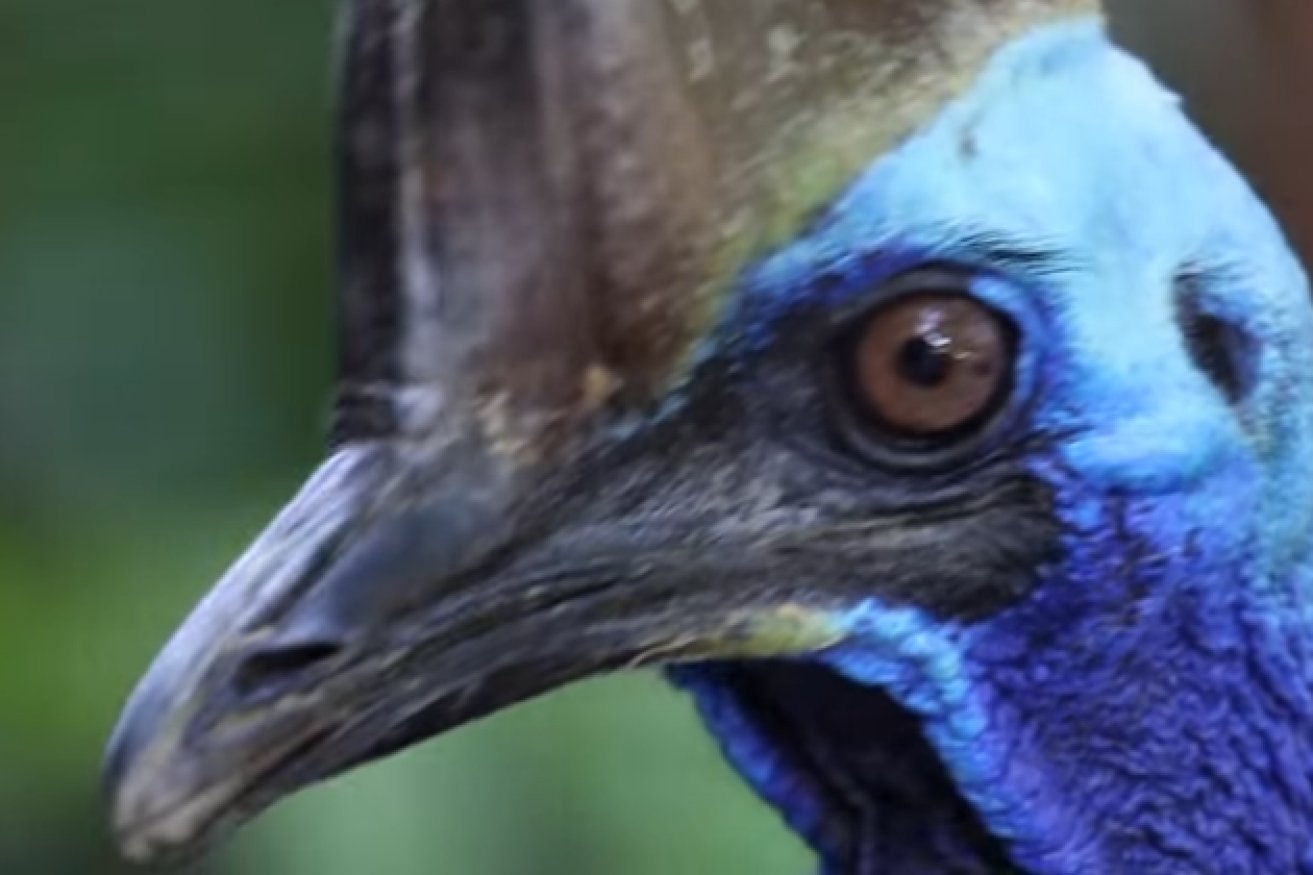American bird breeder killed by Australian cassowary at his Florida ranch


Visually striking, the cassowary's dagger-like claws have been known to disembowel even small horses.
An Australian cassowary has killed its American owner at his Florida property, with local police saying the notoriously bad tempered bird leapt on him when he tripped and fell.
The Alachua County Fire Rescue Department told the Gainesville Sun that the 60-kilogram bird killed the man with piercing blows from it’s powerful claws.
“It looks like it was accidental,” Deputy Chief Jeff Taylor told the newspaper.
“My understanding is that the gentleman was in the vicinity of the bird and at some point fell,”
“When he fell, he was attacked.”
The victim was identified as 75-year-old Marvin Hajos and said an investigation into his death had been opened.
“Initial information indicates that this was a tragic accident for Mr Hajos,” Brett Rhodenizer, a sheriff’s office spokesman, told the Gainesville Sun.
“The cassowary involved remains secured on private property at this time.”

The cassowary’s claws are lethal weapons. Photo: YouTube
Cassowaries are large, flightless birds native to Australia and New Guinea. Similar to emus, they can stand up to 1.8 metres tall.
The San Diego Zoo’s website calls them the world’s most dangerous bird with a 10-centimetre, dagger-like claw on each three-toed foot that can cut predators wide open.
https://www.youtube.com/watch?v=6Vqs2ZOOirk
Distinguished by their black body feathers and bright blue heads and necks, they have been known to disembowel dogs and have even killed small horses.
Mr Hajos, who also collected a variety of other exotic animals, would have been well aware of how dangerous a cassowary can be, as he helped pioneer the US ostrich meat trade in the Seventies and told an interviewer in 1994 that he needed to be wary when his male stud bird was feeling amorous.
“They can get quite aggressive during breeding season,” he said at the time.
Sought after by US collectors, who must obtain special permits, the best estimates suggest as few as 1000 of the birds continue to exist in the wild.
-with AAP








